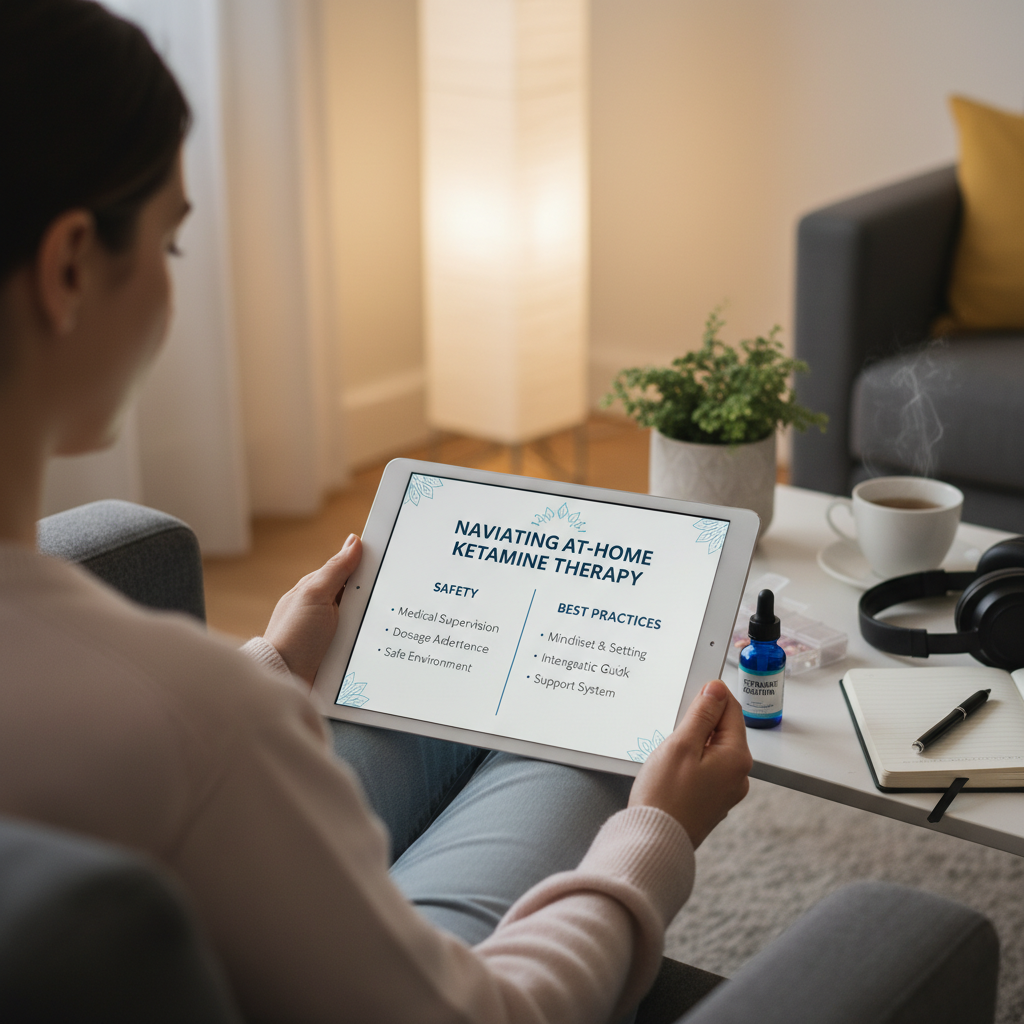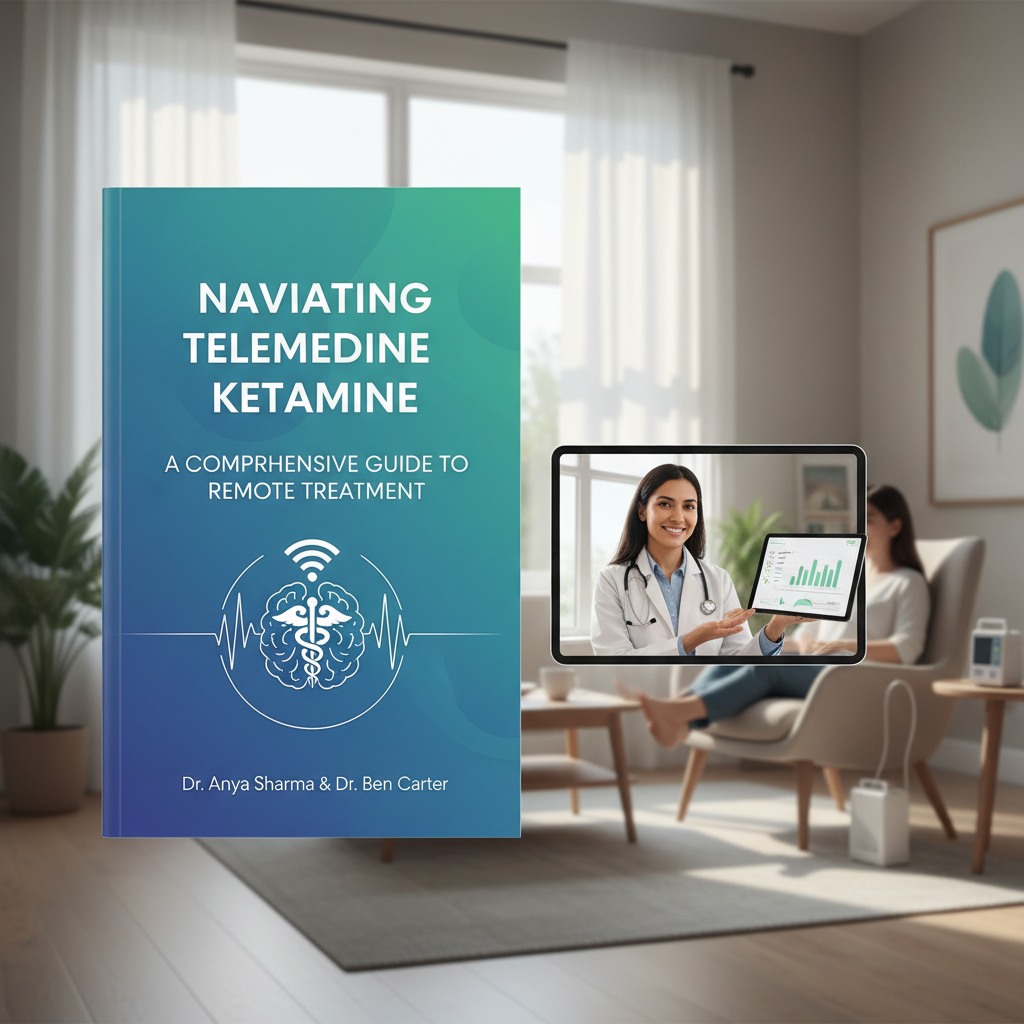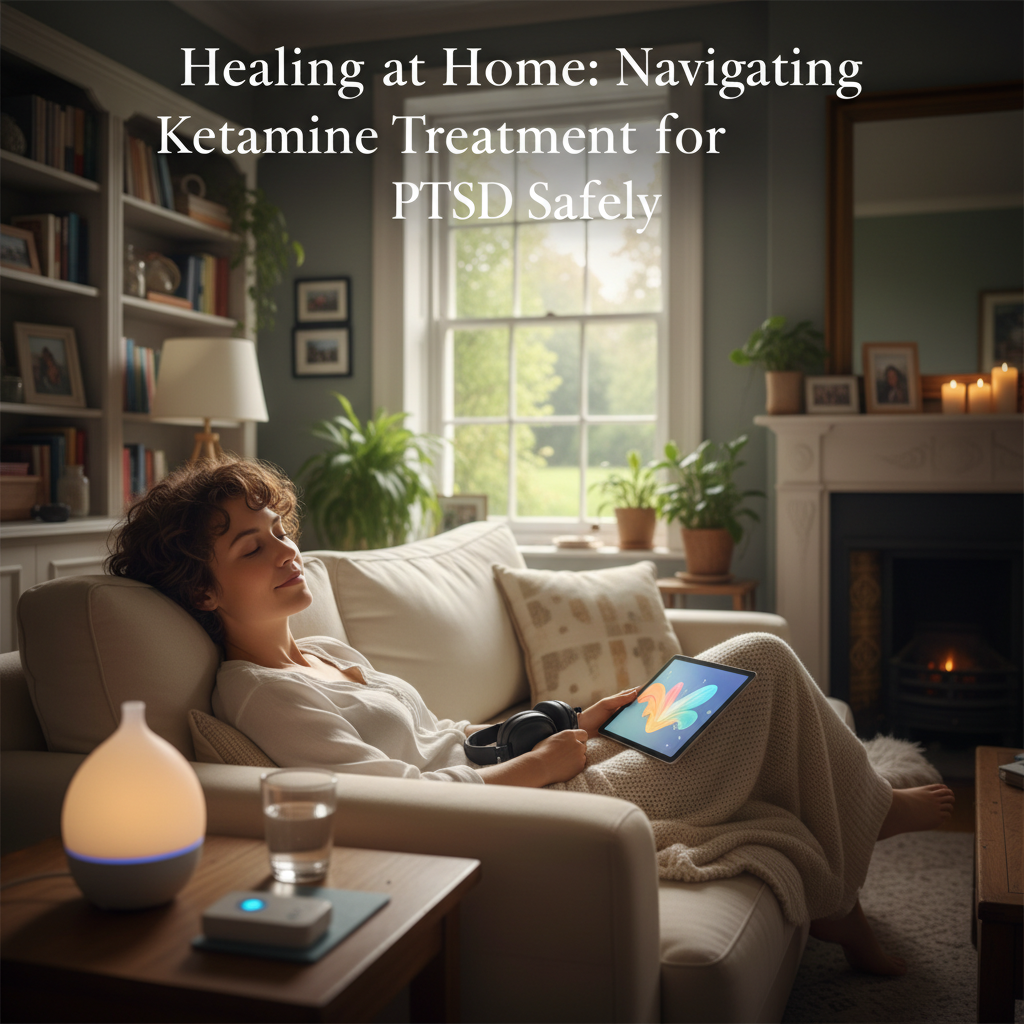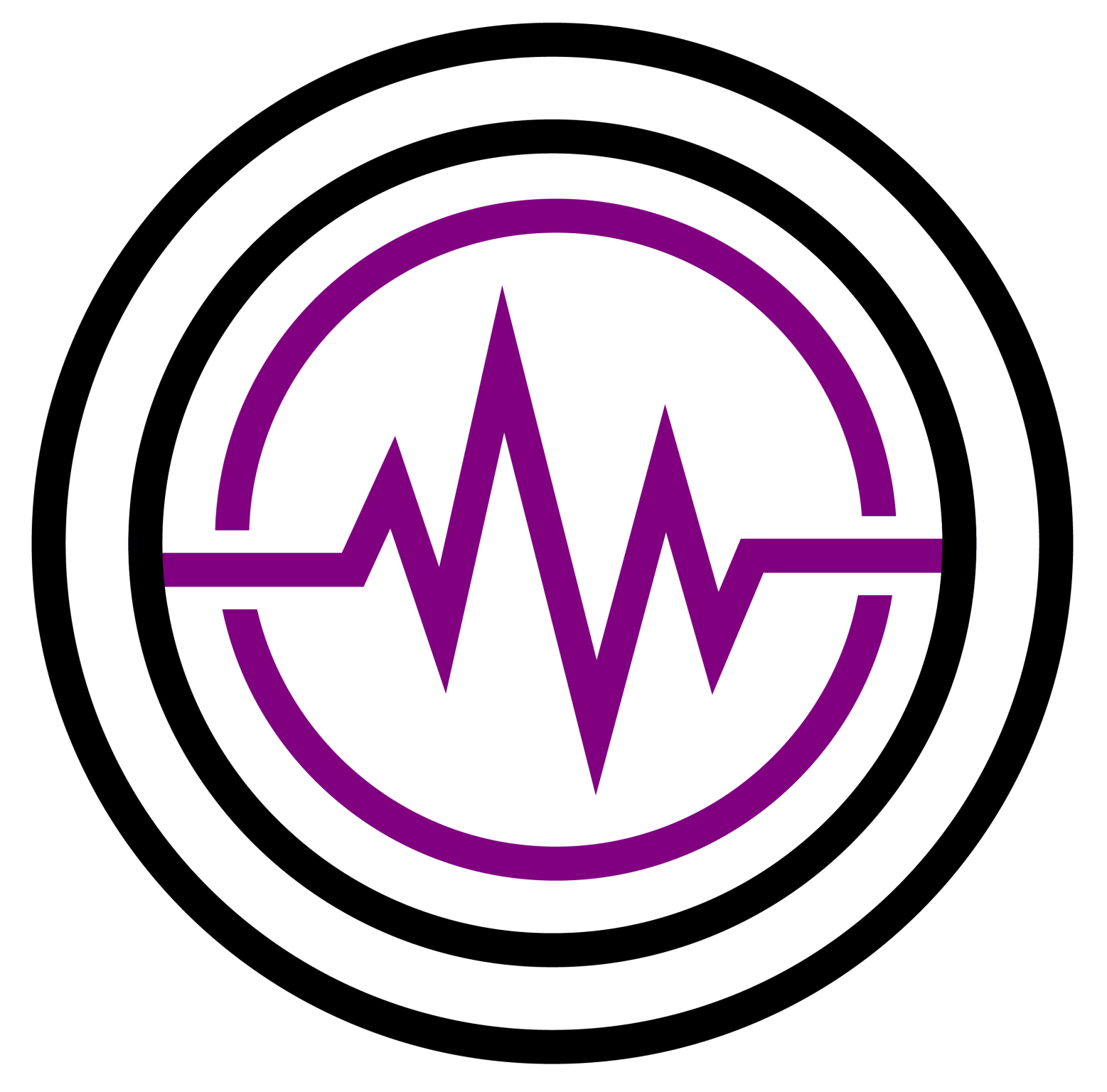Unlocking Healing: Remote Ketamine Therapy for Mental Health Conditions
Quick Summary / Key Takeaways
- Telemedicine ketamine offers accessible treatment for depression, anxiety, and PTSD, bypassing geographical barriers and reducing stigma.
- Remote sessions prioritize patient safety through rigorous screening, continuous monitoring, and integration with an established care team.
- The therapeutic benefits often include rapid symptom reduction and neuroplastic changes, enhancing traditional psychotherapy’s efficacy.
- Choosing a reputable provider involves evaluating medical supervision, technology security, and patient support infrastructure.
- Preparation is key for a positive experience, focusing on a safe environment, clear intentions, and post-session integration.
Introduction
For too long, effective mental health treatment has been a journey fraught with barriers – stigma, cost, and geographical limitations. Enter telemedicine ketamine sessions, a truly disruptive innovation that’s reshaping the landscape of mental healthcare. Imagine a path to healing that meets you where you are, literally. My own journey, and that of countless others I’ve witnessed, reveals that the sanctity of one’s personal space can amplify the therapeutic impact. The comfort of a familiar environment, coupled with expert medical guidance delivered virtually, transforms a potentially intimidating medical procedure into a deeply personal healing experience. This guide will demystify telemedicine ketamine, offering a deep dive into its mechanisms, safety protocols, and what to expect. We’ll explore how this cutting-edge treatment is not just viable, but thriving, providing tangible hope and profound relief to those who’ve felt stuck in cycles of mental anguish.
Telemedicine vs. In-Clinic Ketamine Sessions
| Feature | Telemedicine | In-Clinic | Key Differentiator |
|---|---|---|---|
| Accessibility | High (remote) | Moderate (travel required) | Location independence |
| Environment Control | Patient-chosen home setting | Clinic-controlled setting | Personal comfort vs. sterile |
| Cost Implications | Often lower (no facility fee) | Generally higher | Overhead savings |
| Supervision Level | Remote monitoring/virtual staff | On-site medical staff | Proximity of care |
Key Components of a Telemedicine Ketamine Program
| Component | Description | Importance | Patient Action |
|---|---|---|---|
| Initial Psychiatric Eval | Assess suitability & contraindications | Ensures safety & efficacy | Provide full medical history |
| Medication Delivery | Prescribed & mailed directly | Timely & secure access | Follow storage instructions |
| Virtual Session Platform | Secure video conferencing | Confidentiality & real-time support | Ensure stable internet |
| Integration Therapy | Post-session talk therapy | Maximizes treatment benefits | Engage openly with therapist |
Application Preparation Checklist
- Ensure a stable, private internet connection and a comfortable, quiet space for your session.
- Inform a trusted friend or family member about your session time for post-treatment support.
- Prepare your intention for the session and have materials like an eye mask or gentle music ready.
- Confirm your medication has arrived, is stored correctly, and you understand dosing instructions.
Post-Arrival Checklist
- Engage with your integration therapist to process insights and experiences from the session.
- Reflect on your emotional and psychological state, journaling any shifts or new perspectives.
- Maintain healthy habits like good sleep, nutrition, and light exercise to support mental well-being.
- Schedule follow-up appointments and communicate any concerns or questions to your care team.
Table of Contents
Section 1: Understanding Telemedicine Ketamine
- What exactly is telemedicine ketamine?
- How does ketamine work in a therapeutic context for mental health?
- What mental health conditions can telemedicine ketamine treat?
Section 2: The Safety & Efficacy of Remote Treatment
- Is telemedicine ketamine safe?
- How is patient safety ensured during remote ketamine sessions?
- What are the potential side effects of ketamine therapy?
- How effective is telemedicine ketamine compared to traditional treatments?
Section 3: Navigating the Telemedicine Ketamine Process
- What is the typical patient journey for telemedicine ketamine?
- What kind of preparation is needed before a session?
- What happens during a telemedicine ketamine session?
- What is “integration therapy” and why is it important?
Section 4: Choosing a Provider & What to Expect
- How do I choose a reputable telemedicine ketamine provider?
- What are the typical costs associated with telemedicine ketamine?
- Will insurance cover telemedicine ketamine sessions?
- What are the long-term benefits and considerations?
Frequently Asked Questions
Section 1: Understanding Telemedicine Ketamine
FAQ 1: What exactly is telemedicine ketamine?
Telemedicine ketamine involves medically supervised ketamine treatment delivered remotely through secure video conferencing platforms, allowing patients to receive therapy from the comfort of their home. This innovative approach extends access to a powerful psychotherapeutic tool for various mental health conditions, often addressing barriers like geography, mobility, and the stigma associated with clinic visits. Patients undergo thorough medical screening, receive prescription medication by mail, and are guided by clinicians virtually throughout their sessions. It blends advanced medical care with personalized, accessible delivery.
FAQ 2: How does ketamine work in a therapeutic context for mental health?
Therapeutically, ketamine acts primarily on the NMDA receptors in the brain, rapidly increasing glutamate and promoting neuroplasticity, which helps create new neural pathways and repair damaged ones. Unlike traditional antidepressants that focus on serotonin, ketamine’s mechanism of action directly addresses neural circuits related to mood and cognition, often leading to rapid antidepressant effects within hours or days rather than weeks. This “resetting” effect allows individuals to break free from rigid thought patterns and engage more effectively in therapy. It fundamentally changes how the brain responds to stress and negative emotions.
FAQ 3: What mental health conditions can telemedicine ketamine treat?
Telemedicine ketamine primarily treats severe, treatment-resistant depression (TRD), generalized anxiety disorder (GAD), post-traumatic stress disorder (PTSD), and obsessive-compulsive disorder (OCD). While not a first-line treatment, it is often considered for individuals who have not responded adequately to conventional therapies, offering a new avenue for relief. Emerging evidence also supports its use for chronic pain conditions, but the core focus remains on the rapid alleviation of mood and anxiety symptoms. Its broad applicability reflects its unique mechanism of action on neural circuits.
Section 2: The Safety & Efficacy of Remote Treatment
FAQ 4: Is telemedicine ketamine safe?
Yes, telemedicine ketamine is considered safe when administered by qualified medical professionals under strict protocols, including comprehensive patient screening and continuous virtual monitoring. Providers thoroughly review medical history to identify contraindications, such as uncontrolled hypertension, severe heart conditions, or psychosis, before initiating treatment. During sessions, vital signs are often monitored remotely, and a dedicated medical team remains available for immediate intervention. This rigorous oversight ensures that the benefits of home-based treatment do not compromise patient well-being. Safety is paramount, and it’s built into every step of the process.
FAQ 5: How is patient safety ensured during remote ketamine sessions?
Patient safety in remote ketamine sessions is ensured through a multi-layered approach involving pre-treatment medical evaluations, real-time virtual monitoring, and readily available emergency protocols. Before treatment, a licensed physician conducts a detailed health assessment to rule out contraindications, and patients often receive a blood pressure monitor and pulse oximeter for at-home use. During the session, a clinician is virtually present to observe the patient, monitor vitals, and respond to any distress. Additionally, patients are advised to have a trusted “sitter” present in the home, and emergency contacts are always on file.
FAQ 6: What are the potential side effects of ketamine therapy?
The potential side effects of ketamine therapy are generally transient and dose-dependent, including nausea, dizziness, dissociation, and temporary increases in blood pressure or heart rate. Dissociation, often described as feeling detached from one’s body or environment, is a common and often therapeutically beneficial effect, but can be unsettling if unexpected. Less common but more serious risks include elevated blood pressure or heart rate, and very rarely, urinary tract issues with prolonged high-dose abuse. Medical supervision is crucial to manage and mitigate these effects, ensuring a comfortable and safe experience. Most side effects subside shortly after the session concludes.
FAQ 7: How effective is telemedicine ketamine compared to traditional treatments?
Telemedicine ketamine has shown comparable effectiveness to in-clinic ketamine treatments and often superior results to traditional antidepressants for treatment-resistant conditions. Its rapid-acting nature, particularly for depression and suicidal ideation, can offer relief where conventional medications take weeks or months to show effect, or fail entirely. Anecdotally, many patients find the comfort of their home environment enhances their ability to relax and engage with the therapeutic experience, potentially augmenting outcomes. It functions as a powerful catalyst, often enabling other therapies to become more effective as well. The convenience and reduced barriers of telemedicine also contribute to better treatment adherence.
Section 3: Navigating the Telemedicine Ketamine Process
FAQ 8: What is the typical patient journey for telemedicine ketamine?
The typical patient journey begins with an initial consultation and thorough medical and psychological evaluation to determine suitability for treatment. If approved, patients receive their prescribed ketamine medication via mail, along with instructions and necessary monitoring equipment like a blood pressure cuff. Sessions are then conducted virtually with a medical provider present via video, guiding the patient through the experience. Post-session, integration therapy with a mental health professional helps process insights and embed new coping strategies, leading to a structured follow-up plan. This holistic approach ensures continuity of care.
FAQ 9: What kind of preparation is needed before a session?
Before a telemedicine ketamine session, patients need to prepare their physical environment by ensuring a quiet, private, and comfortable space free from distractions. It’s crucial to fast for several hours prior, avoid alcohol and illicit substances, and arrange for a trusted “sitter” or designated support person to be available after the session. Setting an intention for the experience, having an eye mask, headphones with calming music, and a journal nearby are also highly recommended. This meticulous preparation enhances safety and optimizes the therapeutic potential of the session. A calm mindset is as important as the physical setup.
FAQ 10: What happens during a telemedicine ketamine session?
During a telemedicine ketamine session, after a brief check-in with the virtual medical team, the patient self-administers the prescribed ketamine dose, usually sublingually. Over the next 45-90 minutes, patients typically experience a dissociative state, characterized by altered perceptions, thoughts, and emotions, often accompanied by feelings of introspection or calm. The virtual clinician monitors the patient’s vitals and overall well-being. Patients are encouraged to relax, often with an eye mask and music, and allow the experience to unfold without judgment. The experience gradually subsides, leaving a window for integration.
FAQ 11: What is “integration therapy” and why is it important?
Integration therapy is a critical component of ketamine treatment that involves post-session conversations with a trained therapist to process and make sense of the insights gained during the ketamine experience. During the ketamine session, the brain’s neuroplasticity is enhanced, creating a window of opportunity for new learning and emotional processing. Integration therapy helps patients translate these profound, often abstract, experiences into actionable strategies for daily life, ensuring the therapeutic benefits are sustained and internalized. Without integration, the insights from ketamine may not fully translate into lasting change, making it an essential part of the healing journey.
Section 4: Choosing a Provider & What to Expect
FAQ 12: How do I choose a reputable telemedicine ketamine provider?
Choosing a reputable telemedicine ketamine provider involves researching their medical team’s qualifications, treatment protocols, and commitment to patient safety and integration. Look for providers with board-certified psychiatrists or physicians, and transparent pricing. Crucially, ensure they offer comprehensive intake assessments, virtual monitoring during sessions, and robust post-session integration support, which signals a commitment to holistic care. Reading patient testimonials and checking for accreditations can also provide valuable insights into their quality of service. A truly reputable provider prioritizes medical oversight and personalized care.
FAQ 13: What are the typical costs associated with telemedicine ketamine?
The typical costs associated with telemedicine ketamine can vary widely, generally ranging from $250 to $700 per session, often including initial consultations, medication, virtual supervision, and integration sessions. These costs are usually paid out-of-pocket as insurance coverage is still evolving for this specific treatment modality. Some providers offer package deals for a series of sessions, which can reduce the per-session cost. It’s important to inquire about all potential fees upfront, including medication delivery and any follow-up care, to understand the total investment. Remember, this is an investment in your mental health.
FAQ 14: Will insurance cover telemedicine ketamine sessions?
Insurance coverage for telemedicine ketamine sessions is currently limited and highly variable, as many insurance companies still classify ketamine as off-label for psychiatric conditions. While some plans might cover aspects like initial psychiatric evaluations or integration therapy sessions, direct coverage for the ketamine medication itself or virtual session supervision is less common. Patients often need to pay out-of-pocket and may be able to submit superbills for potential partial reimbursement, depending on their plan’s out-of-network benefits. It’s essential to directly contact your insurance provider for specific details and coverage limitations. Don’t assume coverage; verify everything.
FAQ 15: What are the long-term benefits and considerations?
Long-term benefits of telemedicine ketamine often include sustained reductions in symptoms of depression, anxiety, and PTSD, alongside improved emotional regulation, cognitive flexibility, and overall quality of life. Many patients report enhanced introspection, a greater sense of purpose, and increased resilience. However, considerations include the need for potential booster sessions to maintain benefits, ongoing lifestyle adjustments, and continued engagement with mental health support, even after the main treatment course. It’s not a magic bullet, but a powerful tool that requires commitment to sustained well-being. This journey demands active participation from the patient for lasting change.







